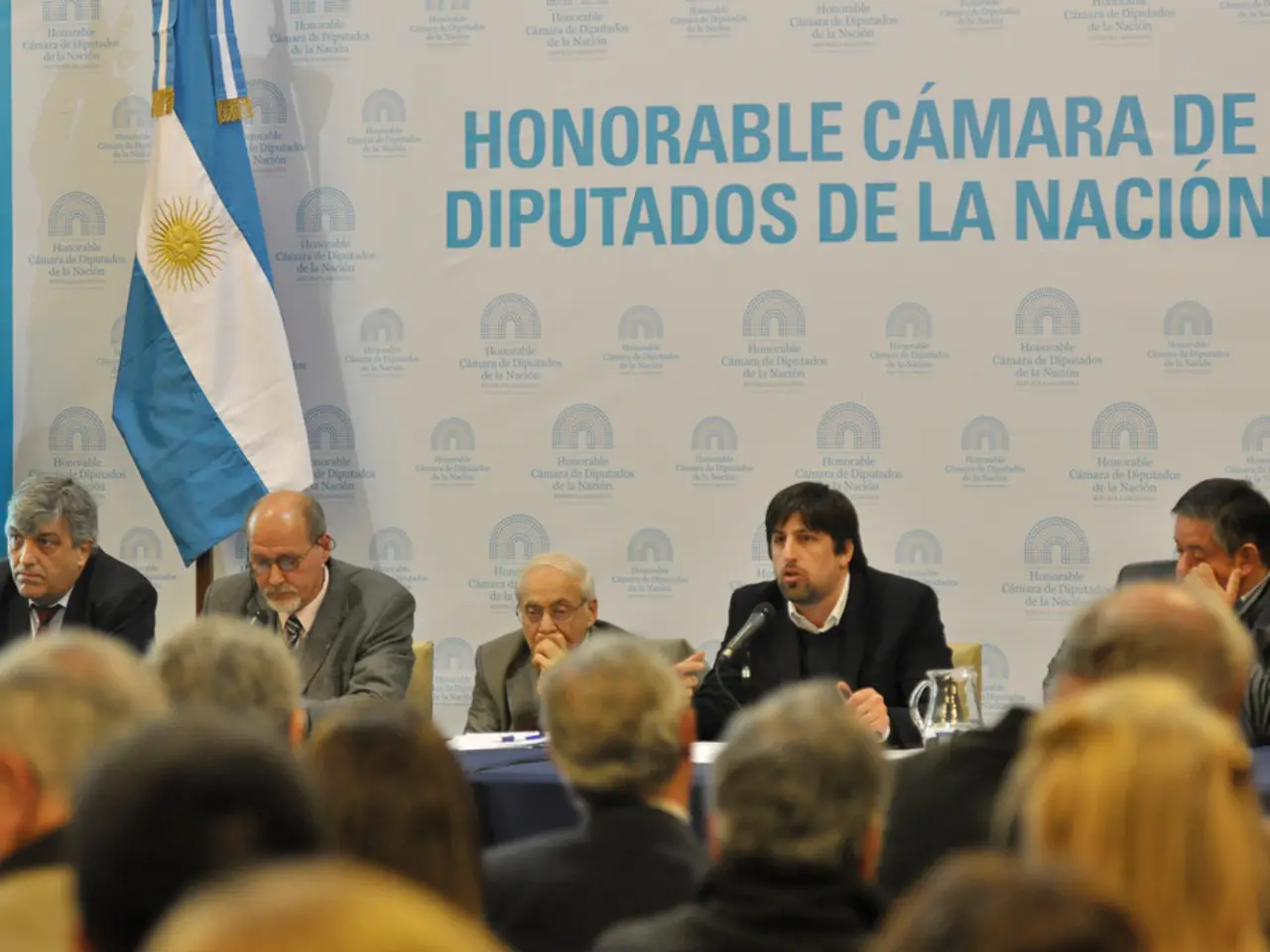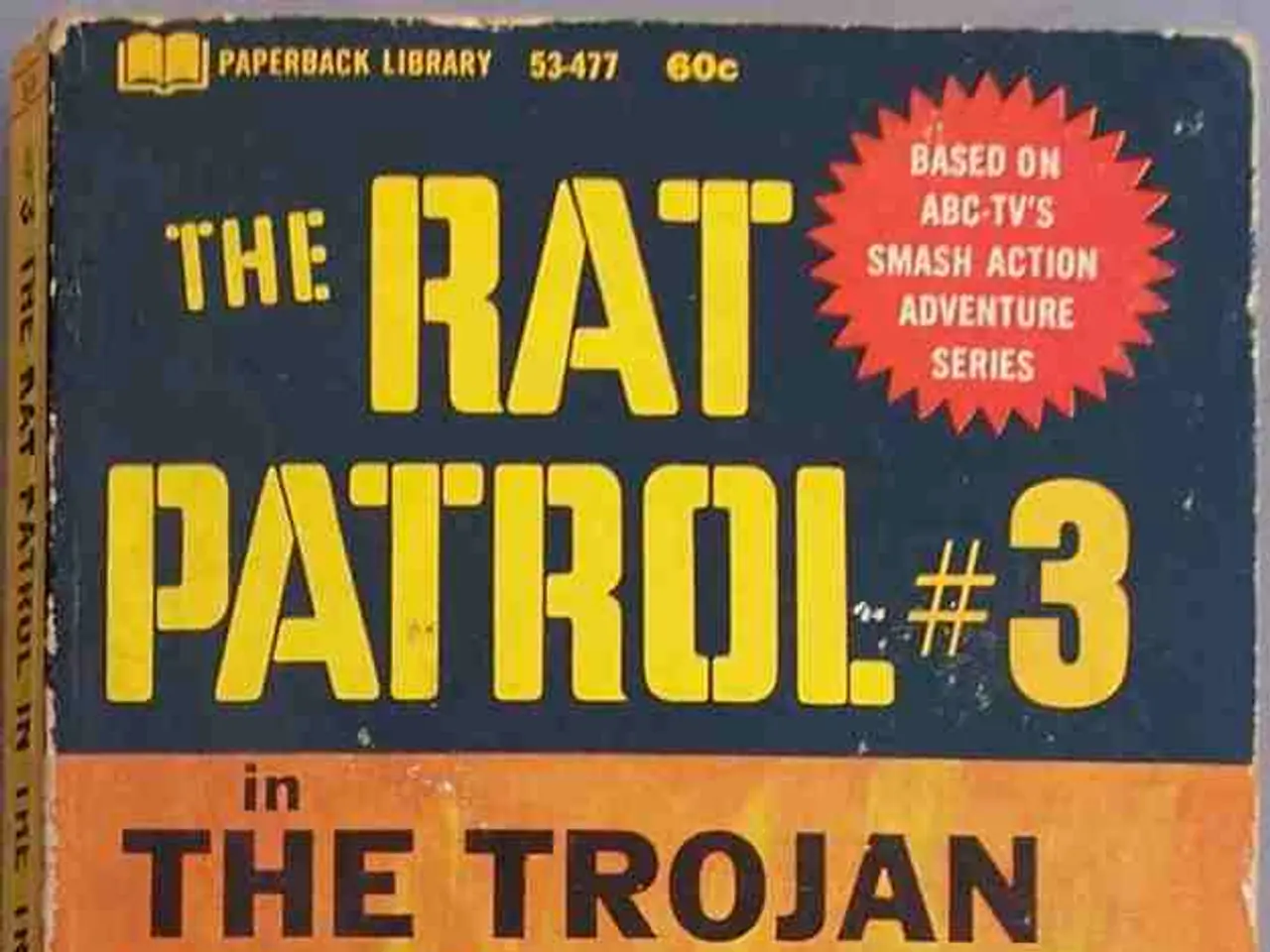"Massacre at Acteal in Chiapas served as a turning point, according to Bishop Raul Vera Lopez; the blood of the martyrs advanced justice for that community, he asserts."
In the heart of southern Mexico, the Acteal massacre on December 22, 1997, left an indelible mark on the region and beyond. Forty-five unarmed Tzotzil refugees lost their lives at the hands of paramilitary forces, with state and federal authorities failing to intervene despite warnings. This tragic event was a watershed moment, not just for the indigenous community of Chiapas, but also for the clergy and activists working tirelessly for justice and human rights.
One such figure was Bishop Raúl Vera López, who had been an auxiliary bishop assisting Samuel Ruiz García in San Cristóbal de las Casas. Vera López was widely recognised for his advocacy for indigenous and human rights in Chiapas, often supporting Bishop Ruiz’s work. The Acteal massacre, with its profound grief and horror, intensified scrutiny on the role of clergy and state authorities in the region.
Vera López saw the value of the life of those in Acteal amid these events. His work defending justice and the indigenous community was a factor in his removal from San Cristóbal de las Casas two years after the Acteal massacre, when he was transferred by the Vatican to the diocese of Saltillo, in northern Mexico. Many politicians and church authorities expected him to stop his work for the poor and the indigenous in Chiapas upon his arrival in Saltillo.
However, Vera López did not see his transfer as a setback. Instead, he viewed the Acteal massacre as a turning point in the history of Chiapas. The martyrs of Acteal had a significant impact on his perspective on life, giving him a "very radical way of seeing life." He believed that the blood of the martyrs from Acteal helped the diocese and continues to help justice and deep respect for the poor and the indigenous peoples.
The Acteal massacre was a significant event that shook Mexican and international society. It evoked profound grief and horror among religious and humanitarian communities in the region. Catholic Bishop Samuel Ruiz García, a leading figure in the defence of indigenous rights in Chiapas, publicly commemorated the victims and used biblical language ("Rachel weeping for her children") to underscore the tragedy.
The diocese of San Cristóbal de las Casas had been working extensively prior to Vera López's arrival. He got to know the work of the diocese through his previous visits and began organising "the brothers" and defending justice with Ruiz García. Vera López's work defending justice and the indigenous community was not appreciated after the Acteal massacre, with some viewing his activism as a threat.
While there is no direct evidence in the available sources regarding the specific impact of the Acteal massacre on Vera López or his removal from San Cristobal de las Casas, the climate of violence, impunity, and state hostility toward activist clergy following the massacre would have contributed to the pressure experienced by Vera López and his colleagues. The massacre’s aftermath amplified the urgency of their work, but also exposed them to greater risks and challenges from both state and church authorities.
In summary, while the Acteal massacre itself is not directly cited as the cause for Vera López’s removal, the event was emblematic of the dangerous and politicized environment in which he worked—an environment that led to increasing scrutiny and eventual transfer for several activist clergy in Chiapas. The massacre’s aftermath amplified the urgency of their work, but also exposed them to greater risks and challenges from both state and church authorities.
- Bishop Raúl Vera López, in the midst of such events as the Acteal massacre, used the tragedy as a turning point in his life, adopting a "very radical way of seeing life" and intensifying his work towards justice and advocacy for the indigenous community.
- The Acteal massacre, with its profound impact on society, not only led to increased scrutiny on the role of clergy and state authorities in the region but also sparked intense interest in the general news, war-and-conflicts, politics, crime-and-justice sectors, as the event underscored the desperate need for justice and human rights in Mexico.








